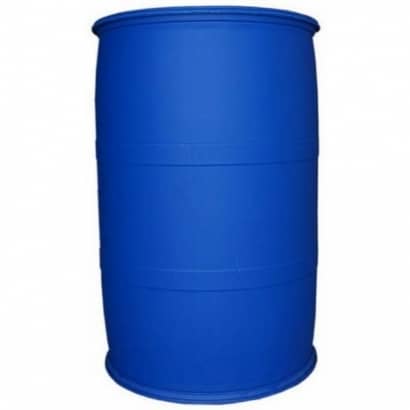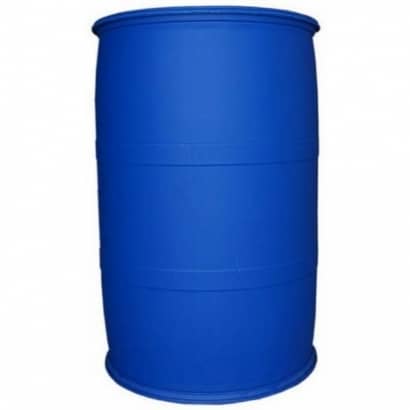PEG-8 Diisostearate
PEG-8 DIISOSTEARATE
"PEG" refers to a PEG (polyethylene glycol) derivative. The number after "PEG-" (or the first number after "PEG/...-") indicates the average number of molecular units -CH2-CH2-O-.
Isostearates are salts or esters of isostearic acid (isooctadecanoic acid).
Facial, shaving and hair lotions, as solvents and solubilizers for active ingredients, perfume oils and dyes, as humectants, bases for creams, as consistency enhancers, binders, softeners and fixatives
Emulsifiers are often used as auxiliary substances in cosmetics. They make it possible to bring components that are actually not miscible with each other, such as oil and water, into a permanently stable emulsion. In cosmetic products, both aqueous and oily care and active ingredients can be used in a single product. Emulsifiers are able to do this because their molecules consist of a fat-loving (lipophilic) and a water-loving (hydrophilic) part. This allows them to reduce the interfacial tension that actually exists between two incompatible substances such as fat and water. Emulsifiers are used in particular for creams, lotions and cleaning agents. In the meantime, however, emulsifiers are much more than just auxiliary substances that keep an emulsion stable. fatty acid esters based on sugar,
Polyethylene glycols (INCI: PEG-...) are polycondensation products of ethylene glycol or polymerisation products of ethylene oxide. The number attached to the name indicates the average number of ethylene oxide units in the substance. The consistency of the PEG derivatives becomes increasingly firm as the degree of polymerization increases. PEGs with an average molar mass of up to 600 g/mol are liquid, up to 1000 g/mol are waxy and from 4000 g/mol are solid, waxy substances. By mixing solid and liquid components, products with a creamy consistency are obtained, which are used as water-free and water-washable bases. With increasing molar mass, the water solubility and hygroscopicity (moisture absorption capacity) of the polyethylene glycols decrease.
Polyethylene glycols and their derivatives are preferably used in cosmetic agents because they have a wide range of viscosity and solubility properties and are very well tolerated by the skin. As water-soluble, non-greasy substances, polyethylene glycols are suitable for many cosmetic purposes. The liquid PEG serve z. B. as a glycerol substitute in facial, shaving and hair lotions, as solubilizers and solvents.
 PEG-8 Diisostearate
PEG-8 Diisostearate Polysorbate-20 / Tween-20
Polysorbate-20 / Tween-20











